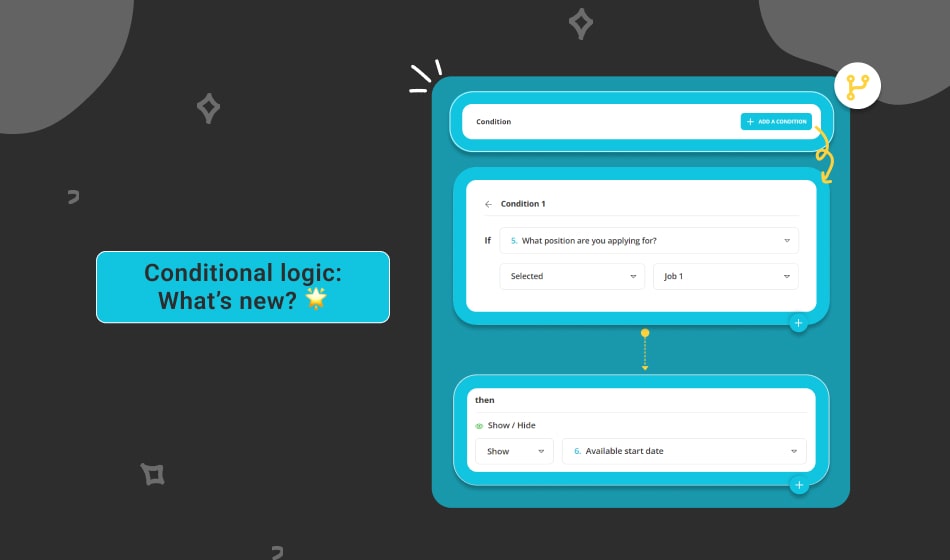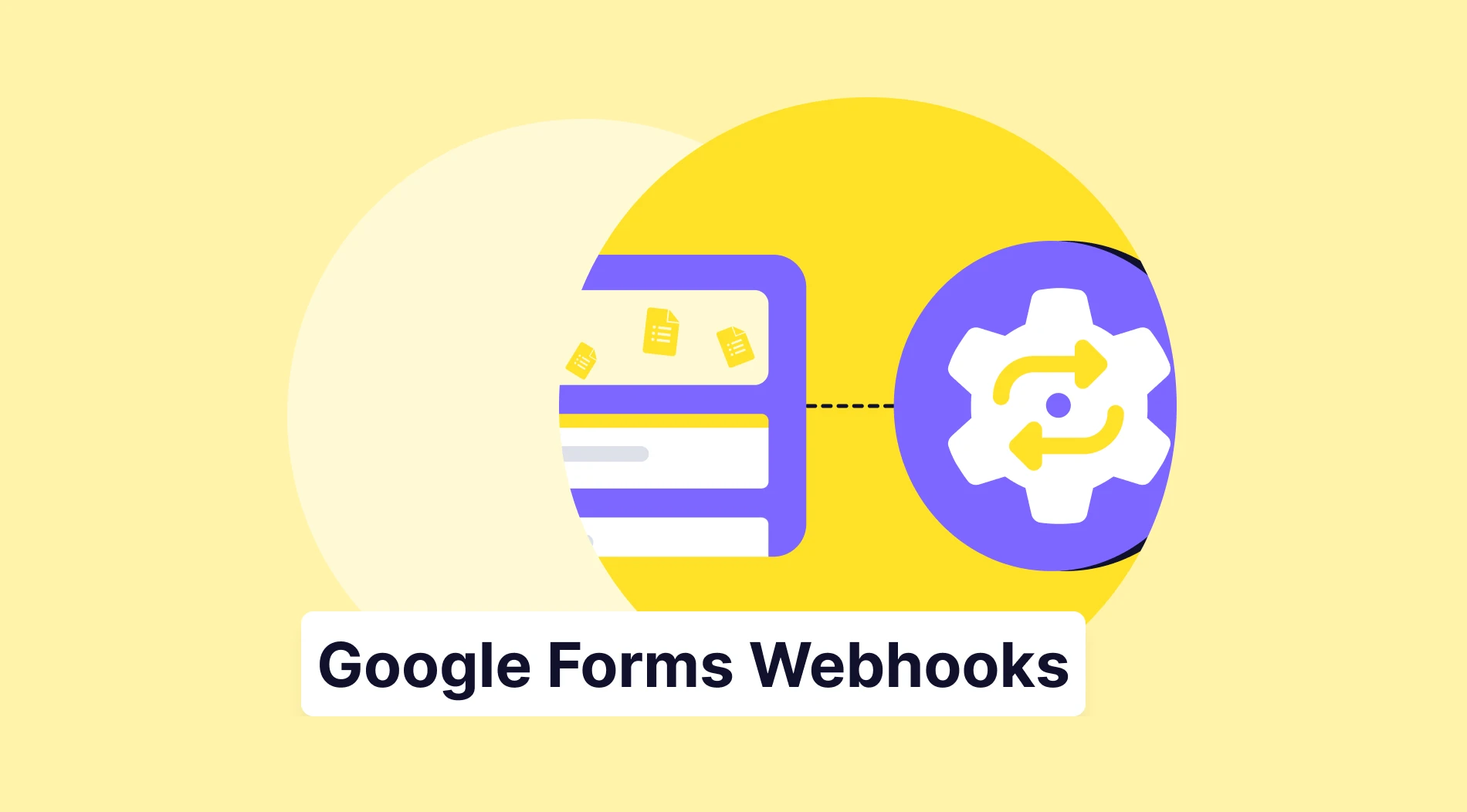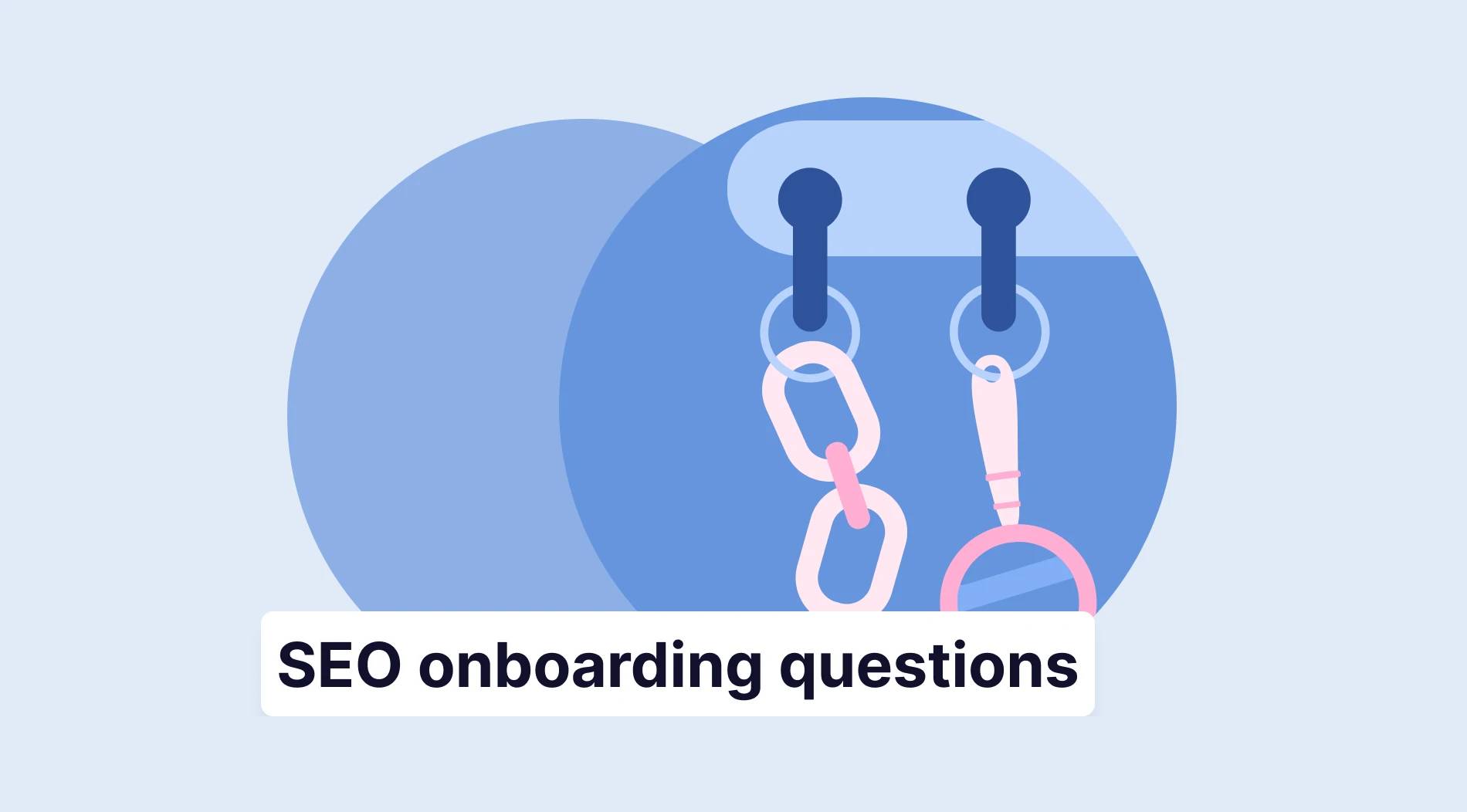The new version of forms.app’s conditional logic feature is finally out! After listening to you, our dear users, we decided to work on a new conditioning system for questions. Our goal was to make conditional logic easier to use and add new features. With the humming work done by our expert team, you can now test the results yourself.
Introducing conditions 2.0
Today, we are excited to introduce you to our newest update: Conditions 2.0. After listening to your feedback, we decided to work on a new conditioning system for questions. Conditions 2.0 is packed with new features, options, and a new user interface. So let’s see what this update brings new to the table.
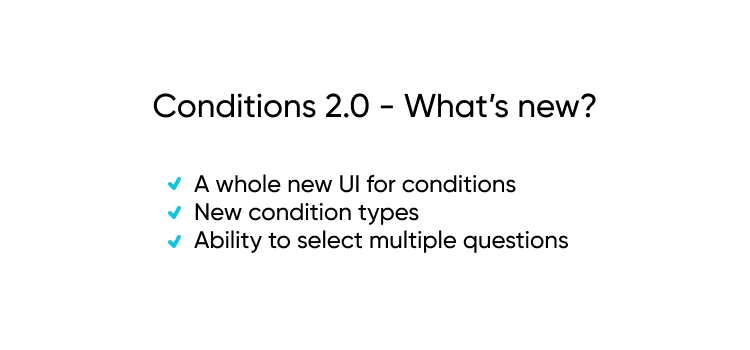
The list of new features
What has changed?
We listened closely and created Conditions 2.0 with you in mind. The new conditions feature has been designed to be easier to use, with new options and the ability to select multiple questions. These changes will help you create complex and professional forms, surveys, and quizzes without any hassle.
- An easier-to-use UI: We've introduced a brand new UI that makes it easier to add and manage conditions on forms.app. You will view the conditions you set as a list and manage them much easier. Our new conditions UI is clear and visually enhanced to provide a better experience for you.
- New condition types: With this update, you have access to the new condition types, such as “contains”, “starts with”, and more. These new condition types will let you create more specific questions and get better data in return.
- Ability to select multiple questions: Last but not least, you will be able to choose multiple questions to hide or show based on the answers. With this addition, we’ve made it possible to create more complex forms with ease.
How to use conditional logic to create better forms
The conditional logic feature allows you to create complex forms by setting conditions to some of your questions. With conditional logic, you can ask different questions based on the answer to a previous question, hide or show certain questions in the same way, and much more. This allows you to create customized surveys or forms for different respondents. In addition, all of these are possible with a few simple steps on forms.app:
1 - Head over to the conditions page after selecting a template and completing your form:
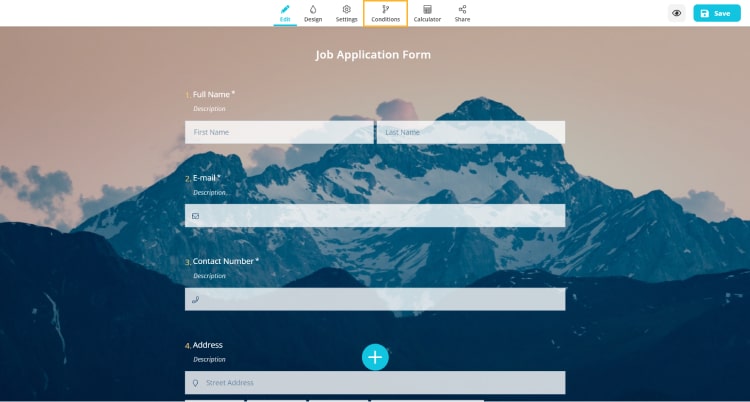
2 - Click on the “Add a condition” button and select a question:
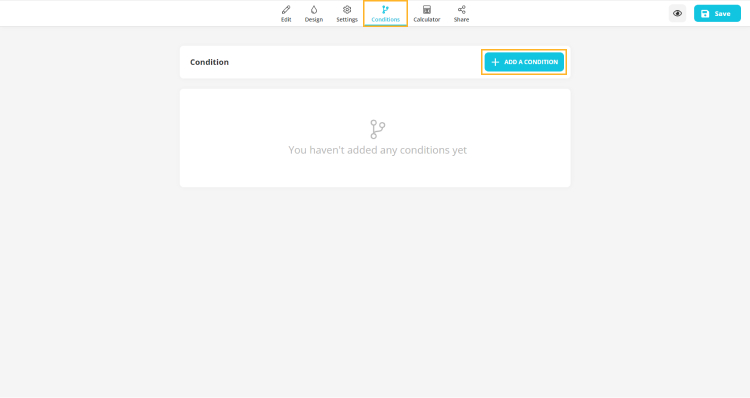
3 - Then, choose which questions to show or hide based on their answers:
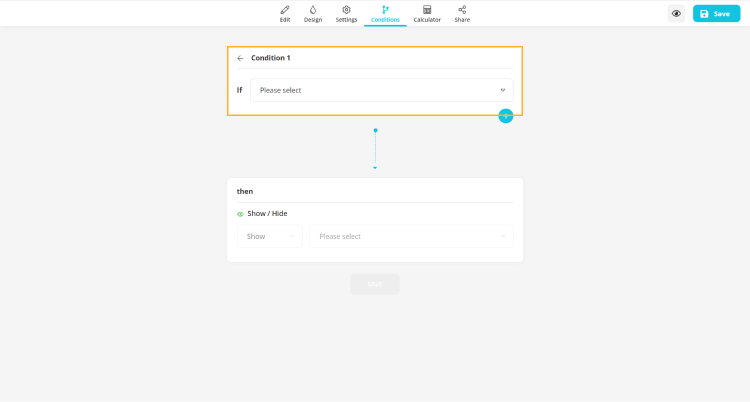
4 - Optionally, you can add another “if” to your conditions and choose to show & hide questions at the same time:
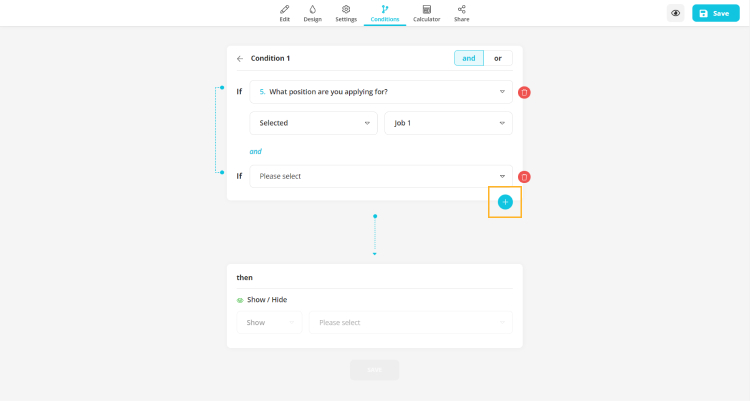
That’s it! Now you can build your forms by using the conditional logic feature and make them as customized as possible. This will bring new opportunities and enable you to use online forms more effectively for your goals.
Conditional logic in action: Use cases
Conditional logic is a powerful tool that allows you to control the flow of your form based on the answers given. This feature can be useful in many cases and help people create complex forms without any trouble. Here are some examples of how conditional logic can be used in action:
- Get specific data: Use conditional logic to ask different questions based on a person's answer to a previous question. This is a great way to get more specific data from your respondents. For example, you could ask people if they are looking for an agency and then ask a follow-up question according to their answers. With this method, it is possible to generate qualified leads automatically.
- Ensure relevance: By using conditional logic, it is possible to make sure that people only see the questions that are relevant to them. This is especially useful for surveys or forms that need to be tailored to specific individuals. Plus, it provides a great way to keep your respondents engaged and avoid asking them questions that they don't need to answer.
- Collect comparable data: Conditional logic makes it easier to compare data. For example, you could use conditional logic when creating a feedback form to make sure that people only see questions about two different topics and then compare the answer rates and answers later.
- Branching: Use conditional logic to route respondents down different paths based on their answers. This is a great way to create customized surveys or forms for different respondents.
- Mixing with other features: forms.app comes with other great features, such as customizable Thank-You pages and the calculator. Using all these features together will help you create on-point forms, surveys, and quizzes for all purposes. This is a great way to create customized follow-up processes for your respondents.
Conclusion
As a determined team behind this powerful form builder, we hope you enjoy the new version of conditional logic! Using conditions will allow you to gather data based on a set of predetermined rules. This is a fantastic addition for businesses that need to gather specific data for analysis. There are countless ways to use conditional logic in your forms, so try out Conditions 2.0 today and see how it can improve your forms. We’re sure you’ll love it!
forms.app, your free form builder
- Unlimited views
- Unlimited questions
- Unlimited notifications
